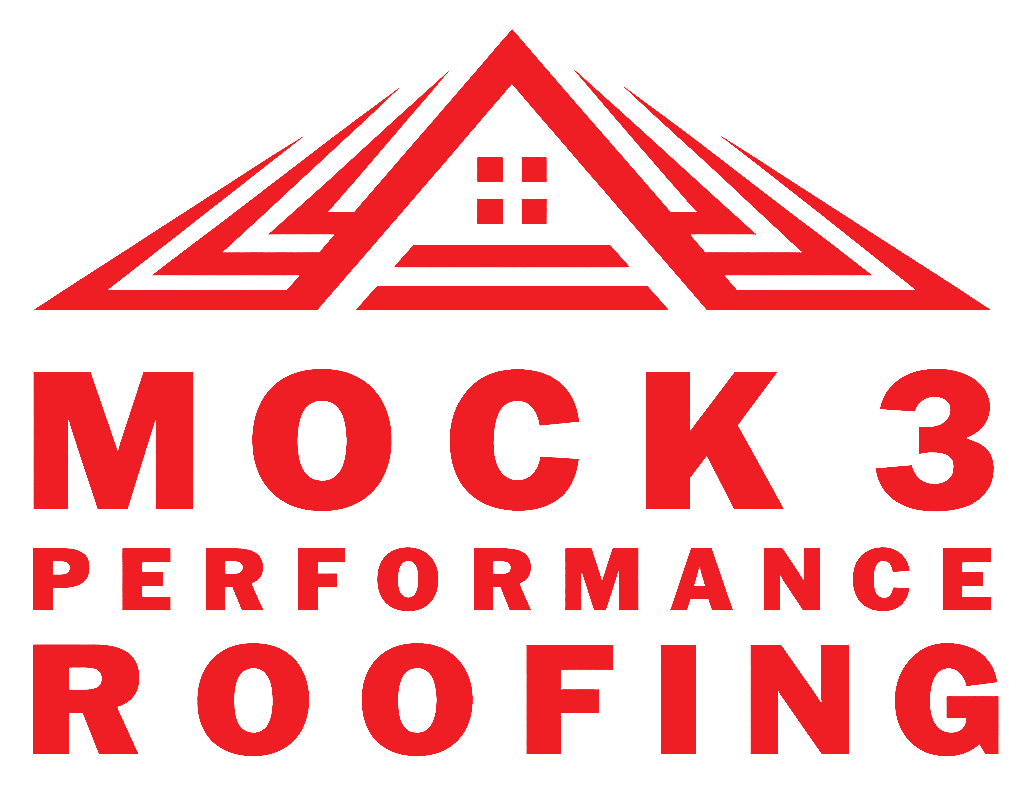Roof Flashing & Leak Prevention – What to Know. When you think about your roof, you probably picture shingles, tiles, or metal panels—the visible parts that give your home protection and style. But there’s another crucial component working quietly behind the scenes: roof flashing. Often overlooked, flashing is one of the most important defenses your roof has against leaks. At Mock 3 Performance Roofing, we want every homeowner in North Central Florida to understand just how vital good flashing is to keeping your home dry and damage-free.
Roof Flashing & Leak Prevention
When it comes to preventing roof leaks, it’s easy to assume that your shingles do all the work—but there’s another unsung hero that’s just as critical: roof flashing. This essential component is your roof’s first line of defense at its most vulnerable points, sealing out water where leaks are most likely to start. At Mock 3 Performance Roofing, we know that quality flashing can mean the difference between a dry, protected home and costly water damage.
What Is Roof Flashing?
Roof flashing is a thin layer of metal (usually aluminum or galvanized steel) or specialized flexible material that’s installed in critical areas of your roof. Its main job is simple but essential: redirect water away from vulnerable seams and joints.
Common places you’ll find flashing include:
- Chimney bases
- Roof valleys (where two slopes meet)
- Skylights
- Roof-to-wall intersections
- Around vents and pipes
Without flashing, water would easily penetrate these junctions, leading to leaks, mold, rot, and serious structural damage over time.
How Flashing Prevents Leaks
Here’s how flashing does its job:
- Creates a Watertight Seal: Flashing is carefully shaped and layered with roofing materials to form a continuous barrier that blocks water intrusion.
- Directs Water Away: Instead of letting water pool or seep into cracks, flashing channels it safely onto the roof surface and into gutters.
- Accommodates Movement: Roofs expand and contract with temperature changes. Good flashing is flexible enough to move without cracking, preserving its seal over time.
The Importance of Quality Installation
Even the best flashing materials can fail if they’re not installed correctly. At Mock 3 Performance Roofing, we see many roof leaks caused by:
- Improperly sized or shaped flashing
- Inadequate sealing with caulk or roofing cement
- Rusted, cracked, or corroded metal
- Poor integration with shingles or other materials
That’s why professional installation is critical. Our team makes sure flashing is precisely fitted, securely fastened, and properly sealed to withstand Florida’s heavy rains and strong winds.
Maintenance Matters
Flashing isn’t a “set it and forget it” part of your roof. Over time, exposure to sun, storms, and temperature changes can degrade flashing. Regular roof inspections help identify issues early, such as:
- Loose or missing sections
- Rust or corrosion
- Cracked sealant or caulk
- Debris buildup that traps moisture
Catching these problems early means preventing costly water damage inside your home.
Why It’s Essential in Florida
Florida’s climate is tough on roofs:
- Heavy rainfall tests every seam and joint.
- High winds can pry flashing loose if not secured properly.
- Humidity accelerates corrosion on low-quality materials.
At Mock 3 Performance Roofing, we choose materials designed for Florida’s demanding environment and install them to last—protecting your home against the elements year after year.
Protect Your Home with Expert Roofing Services
Don’t let a small flashing issue turn into a major leak. Contact Mock 3 Performance Roofing today or visit https://zzh.jle.mybluehost.me to schedule a roof inspection or get a free estimate. Let our experienced team ensure your entire roofing system—flashing included—is ready to keep your home safe and dry.
